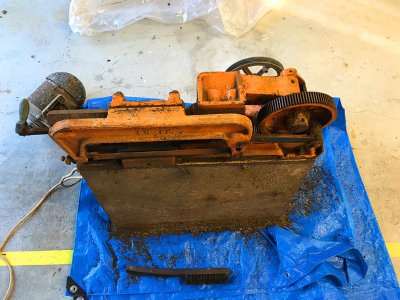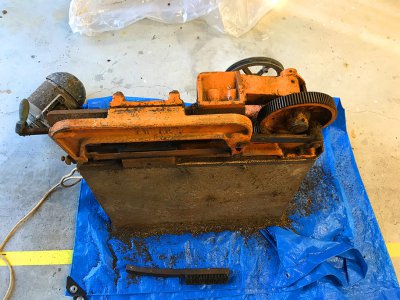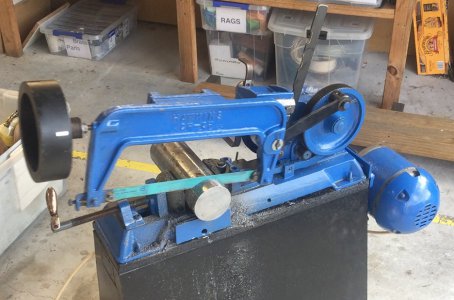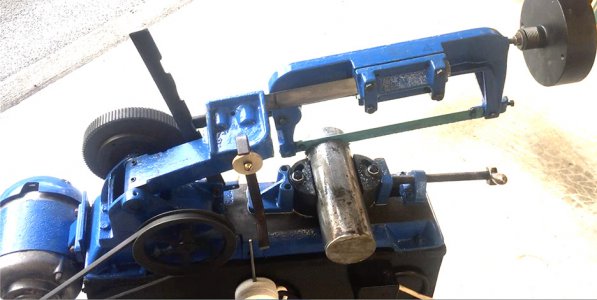- Joined
- Jan 10, 2019
- Messages
- 1,042
To the OP, I had to laugh when your neighbor offered it for "free."
This is the same sort of neighbor who offers seeds to his neighbors, saying "I just can't seem to get these to grow", figuring correctly that pride will take over, the neighbors will grow them, ending up with too many to eat, and end up giving him some "in payment."
In your case, your generous neighbor ends up with someone who has a fully functioning saw, so he'll probably be showing up eventually with this or that to cut, so that you can "show off" the saw to him. Pretty clever on his part... and he doesn't have a big, barely-working saw cluttering up his shop
This is the same sort of neighbor who offers seeds to his neighbors, saying "I just can't seem to get these to grow", figuring correctly that pride will take over, the neighbors will grow them, ending up with too many to eat, and end up giving him some "in payment."
In your case, your generous neighbor ends up with someone who has a fully functioning saw, so he'll probably be showing up eventually with this or that to cut, so that you can "show off" the saw to him. Pretty clever on his part... and he doesn't have a big, barely-working saw cluttering up his shop





